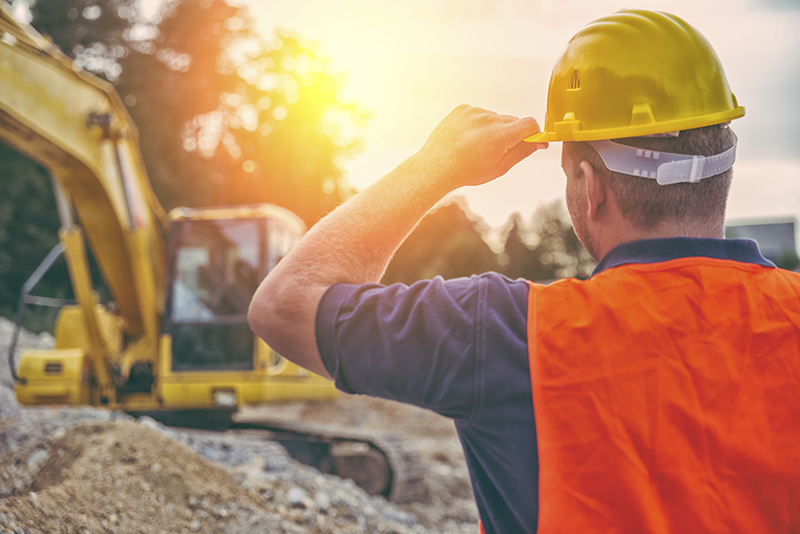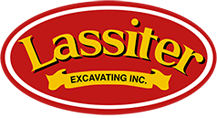Excavation Safety

Trenching and excavation projects pose many health and safety risks.
They can damage buried utilities, expose workers to hazardous atmospheric conditions and bury or crush them just to mention a few. Careful planning and execution of precautions can minimize the potential risks. Make sure you follow these excavation safety requirements.
Competent Person
The Occupational Safety & Health Administration (OSHA) standards require a designated competent person to inspect trenches or excavations every day and while conditions change. A competent person is a trained individual who can identify and promptly address hazards or dangerous working conditions at the job site. Workers should only enter the excavation after the competent person has evaluated it.
OSHA Definition to a Competent Person
Contact Utilities
Careless digging into underground utility lines can cause explosion, injury, damage to property and inconvenient service disruptions. Cutting into a water main can cause a quick excavation collapse. Make sure you call 811 before any digging project to identify the locations of underground lines and have them marked.
Protective Systems
Workers shouldn’t enter trenches that are 5 feet or more in depth and lack an adequate protective system, except if the excavation has been made in stable rock. Trenches that are 20 feet deep or more must have a protective system that’s designed by a registered professional engineer.
You may utilize different protective systems, which include sloping, shoring, and shielding. When choosing the appropriate protective system, evaluate the depth of cut, soil classification, water content, weather or climatic changes, surcharge loads and other operations that may be taking place in the environs.
Safe Access and Exit
Any excavation that is 4 feet deep or more must have safe access and exit methods for workers, which may include steps, ladders, and ramps. A safe method of exit shouldn’t be located further than 25 feet from any of the workers.
Other General Rules
Don’t keep heavy equipment and surcharge loads close to the trench edges to reduce the potential for the weight causing the wall to collapse or the operator misjudging the distance and falling into the trench. You should keep surcharge loads at a minimum of 2 feet from the edges.
Inspect trenches or excavations at the start of every shift and after a rainstorm.
Perform an atmosphere test to establish the oxygen levels and presence of toxic gasses and hazardous fumes.
Workers should never work under any raised or suspended loads. Accidental drops could severely injure them.
Lassiter Excavating always puts safety first.
Since 1989, we’ve been proudly serving residential and commercial customers in the San Francisco Bay Area with reliable pool removal, excavation, and pier drilling services.
Our experienced workforce is licensed and bonded to do jobs of all types and sizes. We guarantee quality workmanship as well as timely completion of your projects at competitive rates.
Fill our online contact form or call us at 925-449-3112 to get answers to all your questions. We’re always happy to educate you so you can make an informed decision about your excavation, pool removal, or drilling project.

